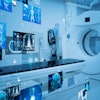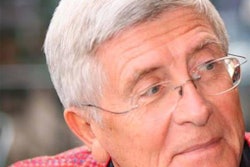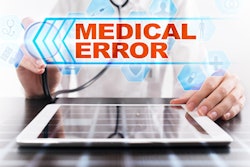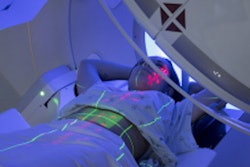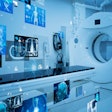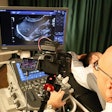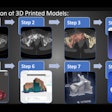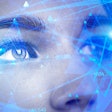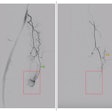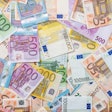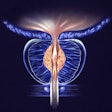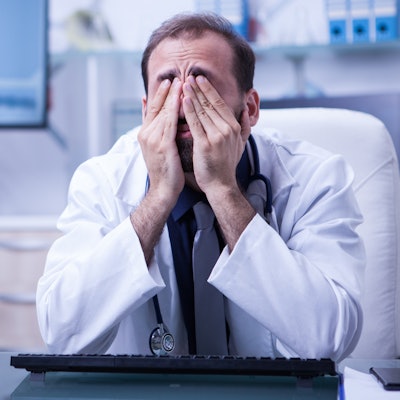
A research group from Belgium has successfully tested a nonintrusive technique to objectively measure the tiredness levels of radiologists. Their ultimate goal is to improve fatigue detection algorithms and make them more reliable.
In a study performed between January and February 2020 on five radiologists at AZ Groeninge, a teaching hospital in Kortrijk that is affiliated with the KU Leuven Hospital network, 275 self-scored labels confirmed that fatigue levels tend to be underestimated by respondents.
"There is clearly some fatigue information that can be extracted from the collected data set, as shown by the support vector machines," explained first author Tom Kimpe, PhD, vice president of technology and innovation at Barco Healthcare in Ghent. "A device -- e.g. an electroencephalogram -- will be used in further data collection to obtain a more reliable ground truth for fatigue."
Tiredness causes errors
Fatigue of radiologists is an important problem, and previous research suggests this may increase the error rate of radiologists. Radiology errors have been estimated to be as high as 30% (false positives and false negatives combined), but it is not a simple and straightforward task to perform self-assessments of fatigue, according to the group.
Many radiologists suffer from fatigue because they view a large sample of images per session. Also, their work necessitates prolonged concentration and a fast turnaround, and a radiology report may include 3-D visualization of complex anatomy, noted Kimpe and his colleagues in an e-poster presented at RSNA 2020.
"Detecting fatigue is challenging for multiple reasons. Objective measures are typically skewed because subjects generally underestimate their own fatigue," they stated. "Brain activity is linked to fatigue in multiple studies, but this is intrusive to measure."
Also, many observable features may be linked to fatigue, such as saccade (defined as a rapid, conjugate eye movement that shifts the center of gaze from one part of the visual field to another) and blink rate.
Another sign of fatigue is eye openness, and the PERCLOS drowsiness detection measure -- referred to as the percentage of eyelid closure over the pupil over time -- can be used here because it reflects slow eyelid closures or droops rather than blinks.
Pitch of voice and body language may be revealing too, but none of these features are pronounced in every case, and all these factors might depend on the task being performed, Kimpe pointed out.
The Belgian way
This analysis prompted the group to develop its own setup to measure these features, while being as noninvasive as possible, with a focus on the eyes. It consisted of four displays, three RGB (red, green, blue) cameras, a gaze tracker, keyboard/mouse input (no keystrokes, only number of actions per second), and acoustic information.
 An overview of the mesurement system. Photo courtesy of RSNA 2020 and Tom Kimpe, PhD.
An overview of the mesurement system. Photo courtesy of RSNA 2020 and Tom Kimpe, PhD.The radiologists scored themselves between 1 and 5 (1 = fatigue, 5 = feeling excellent). Besides having to score themselves every 20 minutes, nothing kept them from doing their work.
The setup was installed at AZ Groeninge in Kortrijk in a radiology reading room used by multiple radiologists. Data were gathered over a period of five weeks. All data were captured by means of log files (except for the RGB camera and acoustics).
Due to the low number of labels, the 1-5 scale was binarized with a threshold at 3.5. Of the 275 fatigue labels recorded, there were 224 non-fatigue labels (greater than 3.5) and 51 fatigue labels (less than 3.5).
Kimpe's team is now working on improving the setup and conducting further studies.

